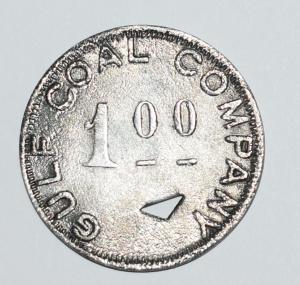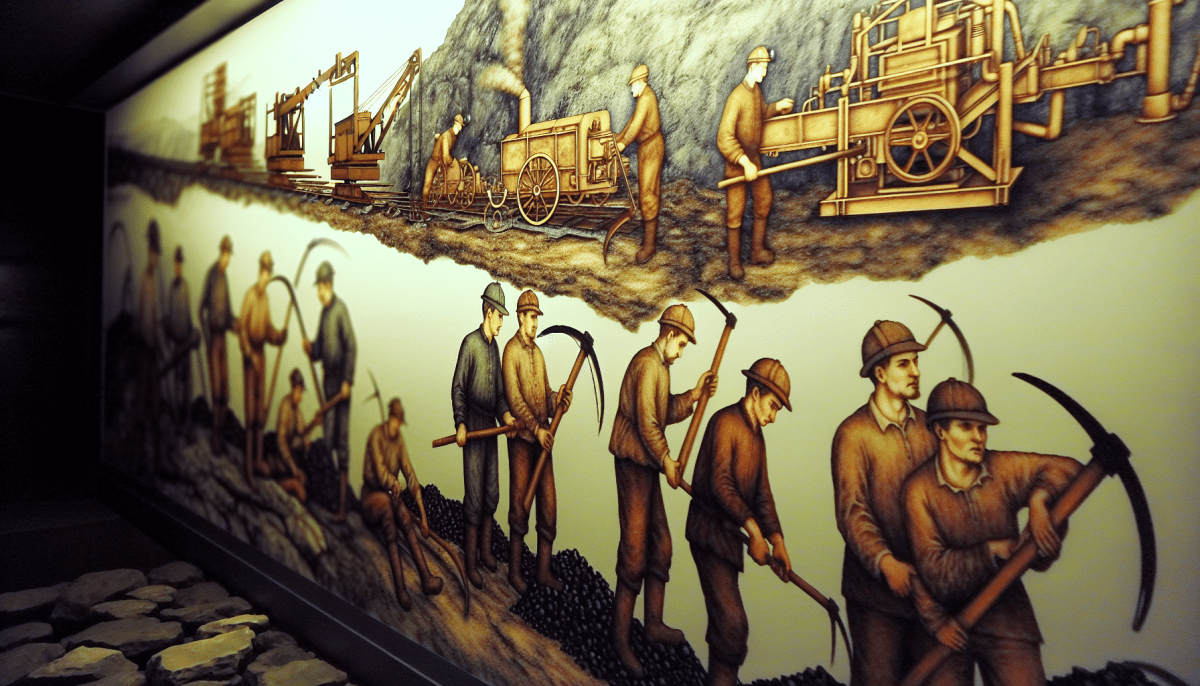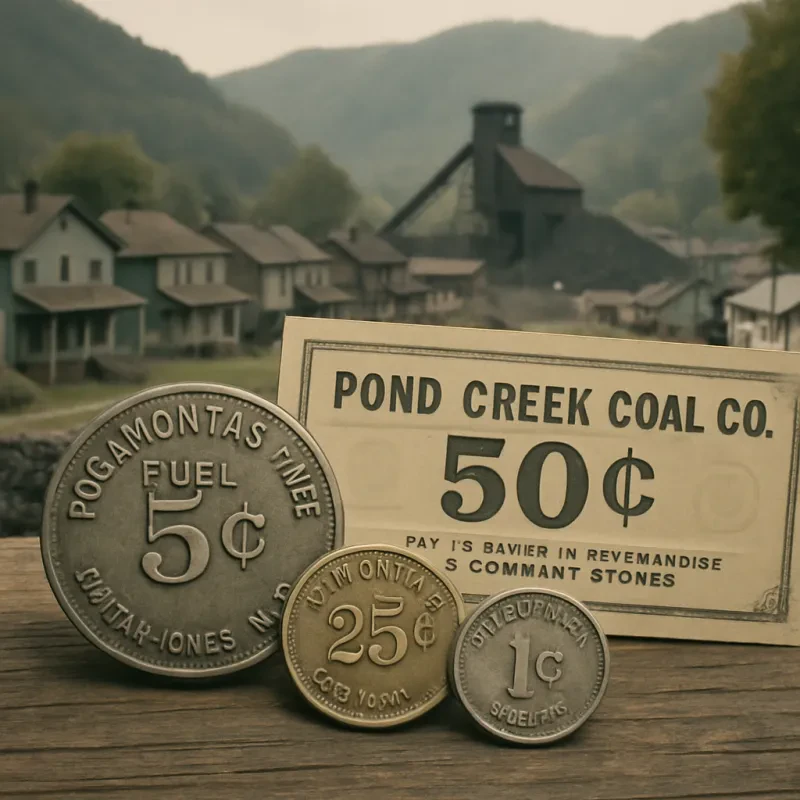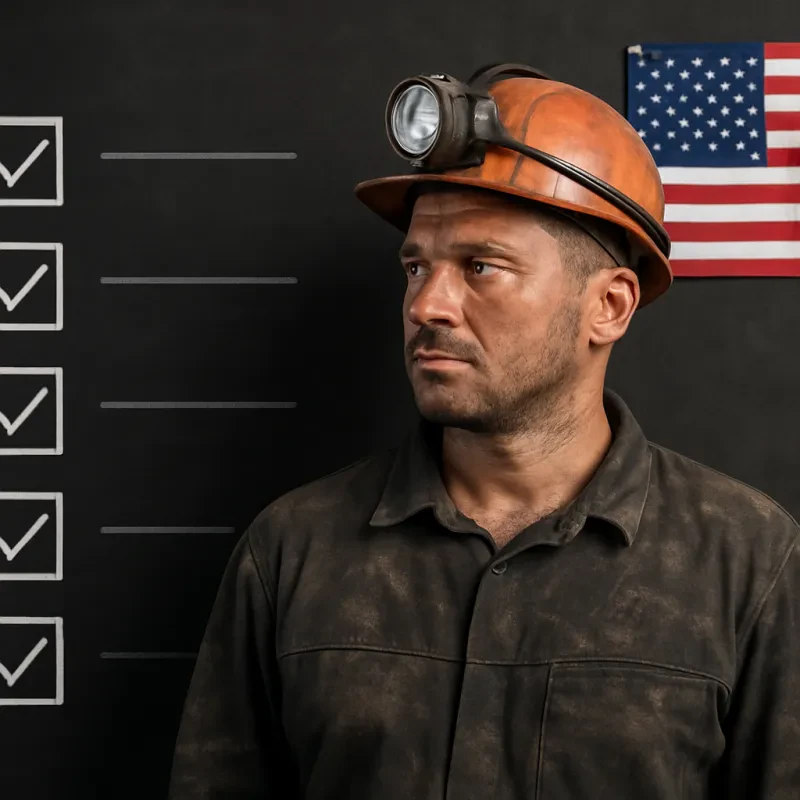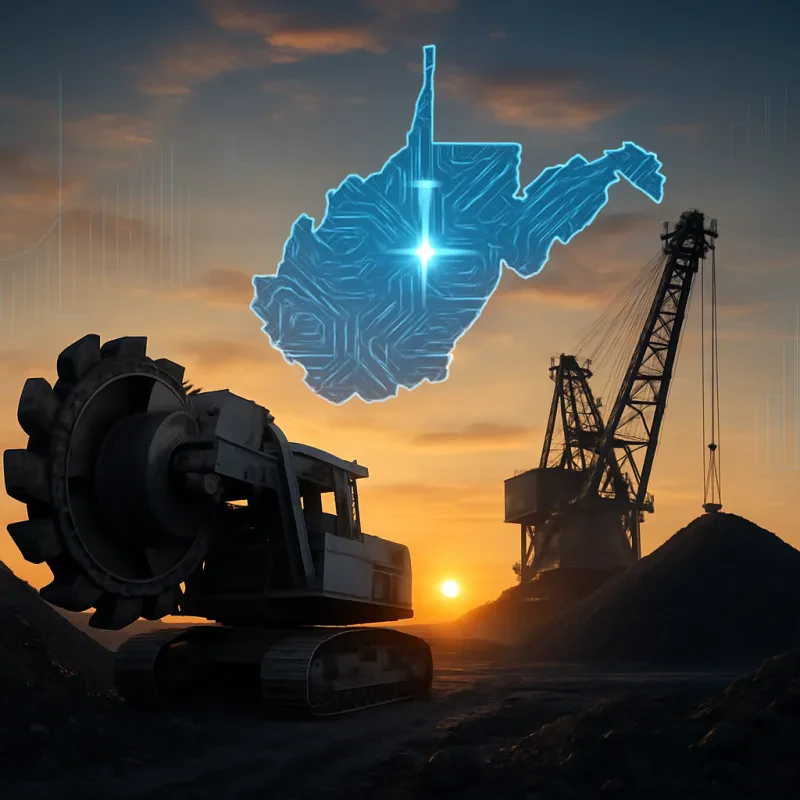When did coal mining start? It's a question that takes us back thousands of years. The practice of mining coal is much older than most people realize. Evidence shows that ancient civilizations were already digging into the earth for this black gold long before modern techniques were developed.
Coal was used by the Chinese as early as 3000 BC. They discovered its value for heating and cooking, especially in the colder regions. The Greeks and Romans also recognized its benefits. They relied on coal not just for warmth but also for metal production and other purposes.
Fast forward to the Middle Ages, when coal became a popular fuel source in Europe. With growing demand during this period, towns began establishing coal mines. Miners used simple tools to extract coal, often endangering themselves in hazardous working conditions.
As we look at the timeline of when did coal mining start, we see it continuously evolving. Better tools and techniques came into play over time, making it easier to access deeper coal seams. This laid the groundwork for the massive coal industry that we recognize today.
The Rise of Coal Mining in Europe
Coal mining has a fascinating history, especially in Europe, where its rise played a significant role in shaping economies and societies. But when did coal mining start to gain traction? Its roots can be traced back to ancient times. The Romans were among the first to exploit coal, using it for heating and various industrial processes. However, it wasn't until the Middle Ages that coal really began to emerge as a vital resource.
By the late 16th century, coal mining was becoming more prevalent. This shift was largely due to the increasing demand for energy sources driven by the growth of industries and cities. As wood became scarce, people turned to coal as a more efficient alternative. This period saw the establishment of coal mining communities, particularly in regions like England and Scotland, laying the groundwork for what would become a booming industry.
The Industrial Revolution was a game-changer for coal mining in Europe. As factories sprouted and transportation systems expanded, the need for coal skyrocketed. Massive underground mines were developed, and with them came a wave of technological advancements. This was crucial for boosting production and meeting the growing demand. The question, "when did coal mining start to really shape our world?" is often answered with the onset of this remarkable era.
Regions like the Ruhr Valley in Germany and the coalfields of Wales not only became industrial hubs but also transformed the social fabric of European society. As towns grew around coal mining operations, new job opportunities appeared, attracting workers from all walks of life. This natural evolution of coal mining had a profound impact on Europe, driving both economic growth and significant changes in labor and community life.
Coal Mining Advances in the Industrial Revolution
When we think about the Industrial Revolution, one major player always comes to mind: coal. But when did coal mining start? It's fascinating to see how it evolved during this period. In the late 18th century, as new technologies emerged, coal became the backbone of industrial growth, fueling everything from steam engines to iron production.
Before the Industrial Revolution, coal mining was typically small-scale and often done by hand. Miners would dig shallow pits and use basic tools to extract coal. However, with the onset of industrialization, the demand for coal skyrocketed. This led to significant innovations in mining techniques. The introduction of steam-powered pumps allowed miners to extract coal from deeper underground, making previously unreachable deposits accessible.
As cities expanded and industries grew, the need for reliable coal sources became crucial. This is when larger coal mining companies stepped in. They started to invest in advanced machinery and better infrastructure. Railways were built to transport coal more efficiently, connecting mines directly to factories and homes. This not only helped with the supply of coal but also created jobs and boosted local economies.
What we see is a remarkable shift in how coal was mined and used. The Industrial Revolution didn't just change the landscape of coal mining; it changed the world. Today, when we ask when did coal mining start, we can trace its roots back to these advancements, showing us how a simple mineral became a powerhouse of energy and industry.
Modern Coal Mining Techniques and Trends
Coal mining has come a long way since it first began. To understand when did coal mining start, it’s essential to look at how techniques have evolved over the years. In the early days, mining was all about manual labor. Think pickaxes, shovels, and hard work, with miners often working in dangerous and uncomfortable conditions. Fast forward to today, and we see a whole new world of technology and safety measures.
Modern coal mining techniques now involve advanced machinery that makes the process not only safer but much more efficient. For instance, longwall mining is one of the most effective methods used today, allowing miners to extract large blocks of coal with minimal environmental disruption. The machinery used in longwall mining can even scan the ground to locate the best areas to mine, which is a huge step up from the old methods.
Another exciting trend is the focus on sustainability. While coal has been a major energy source for centuries, there’s a growing push for cleaner ways to extract and use it. Innovations like carbon capture and storage (CCS) are being developed to reduce the environmental impact of coal mining. This is important for miners and consumers alike, as the world shifts toward greener energy solutions.
So, when did coal mining start? It’s fascinating to see how far we've come and where we’re heading. The future of coal mining looks promising, with a blend of technology and environmental consciousness shaping the industry. Whether you're a miner or just curious about this age-old practice, it’s clear that the evolution of coal mining techniques is something we should all keep an eye on.

